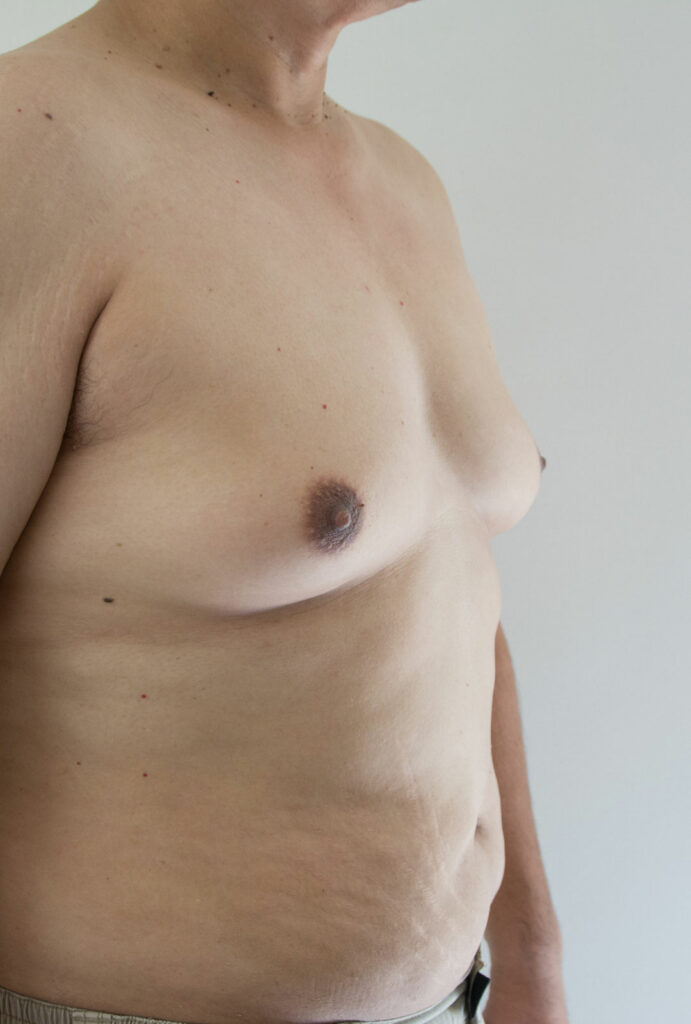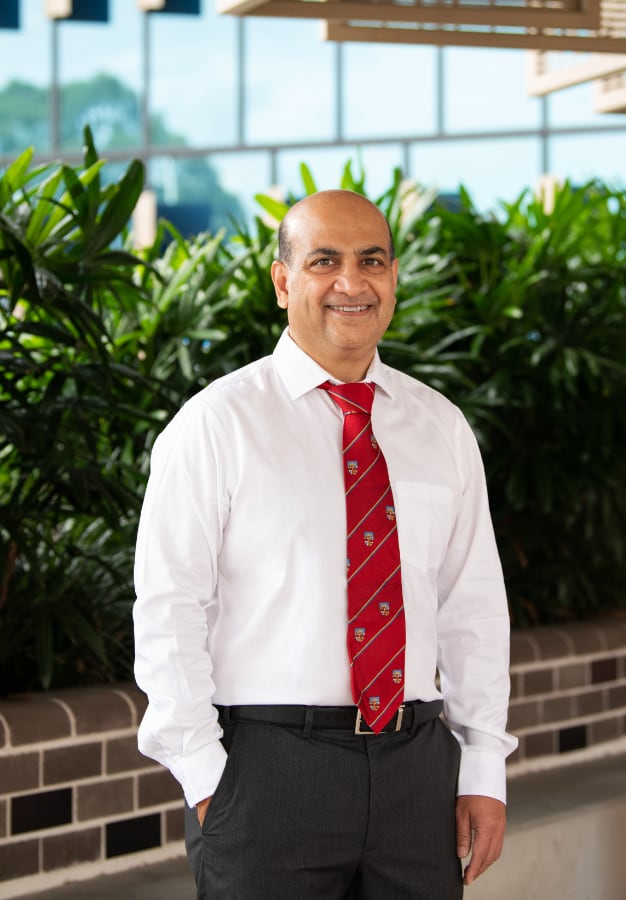Gynaecomastia is a medical condition characterised by the enlargement of breast tissue in males. This condition can affect one or both breasts, sometimes unevenly.
Gynaecomastia is a common condition that can occur at any age and is often a source of emotional distress and self-consciousness. For many men, it can impact their confidence and overall quality of life.
Gynaecomastia is typically benign but can sometimes be a sign of underlying health issues that may require attention.

Gynaecomastia results from an imbalance between the hormones oestrogen and testosterone.
While testosterone typically inhibits breast tissue growth in men, oestrogen promotes it. When the balance shifts, either due to an increase in oestrogen or a decrease in testosterone, breast tissue can grow.
The primary symptom of gynaecomastia is the enlargement of the breast gland tissue. Other symptoms may include:
Gynaecomastia is different from pseudogynaecomastia, a condition where fat accumulates in the chest area, mimicking the appearance of gynaecomastia but without actual glandular tissue growth.
Several factors can contribute to the development of gynaecomastia, including:
For many men, especially those with persistent gynaecomastia that does not respond to non-surgical treatments, surgery may be the most effective option. Surgical treatments include:
In Australia, gynaecomastia surgery is a well-regulated and commonly performed procedure by experienced plastic surgeons. The process typically begins with a comprehensive consultation to discuss the patient’s goals, medical history, and the most suitable treatment options.
During this consultation, the surgeon will explain the risks and benefits of each technique and set realistic expectations for the outcomes.
Patients are usually advised to:
Gynaecomastia surgery is typically performed under general anaesthesia and usually takes between one-to-two hours, depending on the complexity.
The surgeon will make the necessary incisions, remove excess tissue and fat, and sculpt the chest to a more masculine contour. The incisions are then closed with sutures, and dressings or bandages are applied to support the chest during the initial recovery.
Recovery from gynaecomastia surgery varies, but most patients can expect to return to normal activities within a week, although strenuous activities and heavy lifting should be avoided for at least four-to-six weeks.
Swelling and bruising typically subside within a few weeks, and the final results become more apparent as healing progresses.
The results of gynaecomastia surgery are generally long-lasting, providing a more contoured and masculine chest appearance. Maintaining a healthy lifestyle can help prevent the recurrence of gynaecomastia.
Gynaecomastia surgery is a safe and effective procedure for men seeking relief from the physical and emotional burden of enlarged breast tissue. In Australia, experienced plastic surgeons perform this procedure with great success, helping patients achieve a more masculine and proportionate chest contour.
Whether addressing hormonal imbalances, medication side effects, or lifestyle factors, gynaecomastia surgery can provide transformative results.
For more information or to schedule a consultation, please contact our clinic. Dr Atul Ingle has significant experience performing gynaecomastia surgery and is dedicated to helping you achieve your aesthetic goals and enhancing your overall quality of life.
He has 20+ years of experience in plastic and reconstructive surgery and holds two Master of Surgery Degrees. He is the Head of the Plastic and Reconstructive Surgery Department at Townsville University Hospital.
If you have a question about a condition or treatment, or would like to book an appointment, please contact us and one of our friendly staff members will happily assist you.
